Easy Composition Activity for Beginning Piano Students
This post may contain affiliate links. If you purchase something through an affiliate link, I will receive a small commission at no cost to you. For more information, read the disclosure statement here.
I love this composition activity for beginning piano students because it reinforces the notes, rhythms, and other concepts students are learning, while being creative in a totally different way. Keep reading to learn about a fun and easy composition activity I do with my beginning piano students, and see how easy it can be for your youngest students to compose their very own piece!
Materials for this Composition activity for beginning piano students:
- Llama Rhythm Spinners, or a fun set of seasonal and themed rhythm spinners.
- Paper to print the 2 pages on. I’m using colorful card stock because pink is this student’s favorite color, but any color is great, including plain white paper.
- A pencil and paperclip to create the “spinner” (or one of these spinners, or a fidget spinner – you may even have one stashed in your desk drawer! 😁)
- A pencil to write with.
All photographs are copyright Melody Payne, and may not be copied, used, or shared.
First steps with composition activity for beginning piano students
- Print one spinner page (hot pink page) from the variety of options in the rhythm spinner set and one page (light pink) to write the notes on. Each box on the notation page is a measure, so the complete composition will be 16 measures.
- The student spins the spinner and names the note and value that the spinner lands on. For example, she says “half note, 2 beats”. She writes a half note into the first box on the notation sheet.
- She continues spinning and writing until each box has one note.
- After writing one note in each box, she uses the time signature to determine how many additional beats are needed in each measure (cross-curricular activity: music and math!).
- Once she determines how many additional beats are needed, she writes the remaining beats in each box. This sweetheart is 5 years old and has had only 16 piano lessons at the time of this composition activity. She works very hard and I am so proud of her! 💕
- Another option is that she can continue spinning the spinner to determine the rest of the rhythms until all boxes (measures) have the correct number of beats. This option takes a bit longer, but it’s fun if you’re not short on time.
- She chooses right hand or left hand for each line and writes R and L in the margin beside the time signatures.
- Next, she adds notes to each rhythm to create a melody – all on the light pink page. I choose to omit official notation for now, but you may opt to have students actually notate the piece if they are ready. That is a terrific differentiation option!
- To keep it simple for her, we use the piano keys she is working on, so CDEFG in both hands were her options.
- I tell her to write C for the first note and C for the last note, but the rest of the letters are up to her. She chooses a letter for each rhythm and writes it on the page.
- I ask her what she would like to name her composition. She chooses the title “My Birthday” because her birthday is coming up soon, and she is super excited.
- This is what we accomplish during parts of 2 lessons. I keep her pages and use NoteFlight to notate her composition.
- I think her composition turns out fabulously well!
- Then I add lyrics and also print that version to give to her at her next lesson.
- We work on it during her lesson, and she practices and learns the rest of her very own composition at home.
- In her lesson the next week, I add a simple duet part and we video it for her parents. They absolutely love it!
- This activity is so educational, easy, fun, and successful! Her composition is so awesome, and I’m really excited for my other little ones to complete their compositions during the next few weeks.
- Here’s another cute composition by an 8-year-old. She loved drawing the quarter rests so much that she named the piece after them! 😊
How to vary the composition activity for beginning piano students:
- Print a blank spinner page and have the student write the note & rest values he/she would like to use in the spinner.
- Instead of writing the letter names on the notation page (the light pink and light green ones in this post), have your student notate the pitches onto staff paper after spinning the rhythms and completing the notation page (step 9 above).
- Have your student add lyrics instead of adding them yourself (step 17 above).
- Teach your student how to use NoteFlight, Musescore, or your favorite music notation software to create their own masterpiece.
More blog posts about fun activities for piano teaching
Don't miss out!
Follow us on Facebook and Instagram, join our Facebook group for piano teachers, and subscribe to the newsletter to get helpful teaching tips, resources, and tutorials delivered straight to your inbox every week.
Melody Payne
Melody Payne
Welcome!
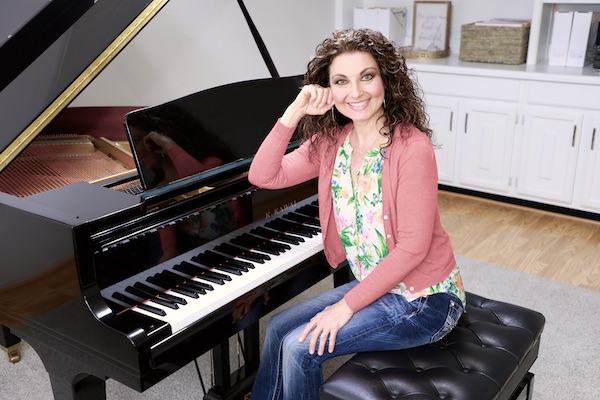
Hi! I’m Melody Payne, a pianist and piano teacher, educational resource author, a fun-loving wife to the most wonderful and talented hubby I could ask for, and a lifelong learner who loves to share. I want to make your life as a music teacher easier by writing and sharing helpful and relevant music teaching articles, and by creating educational resources with your very own students in mind. If you are a parent who wants to enroll your child in piano lessons, I’d love for us to get started building those skills that can give your child a lifetime of musical enjoyment!

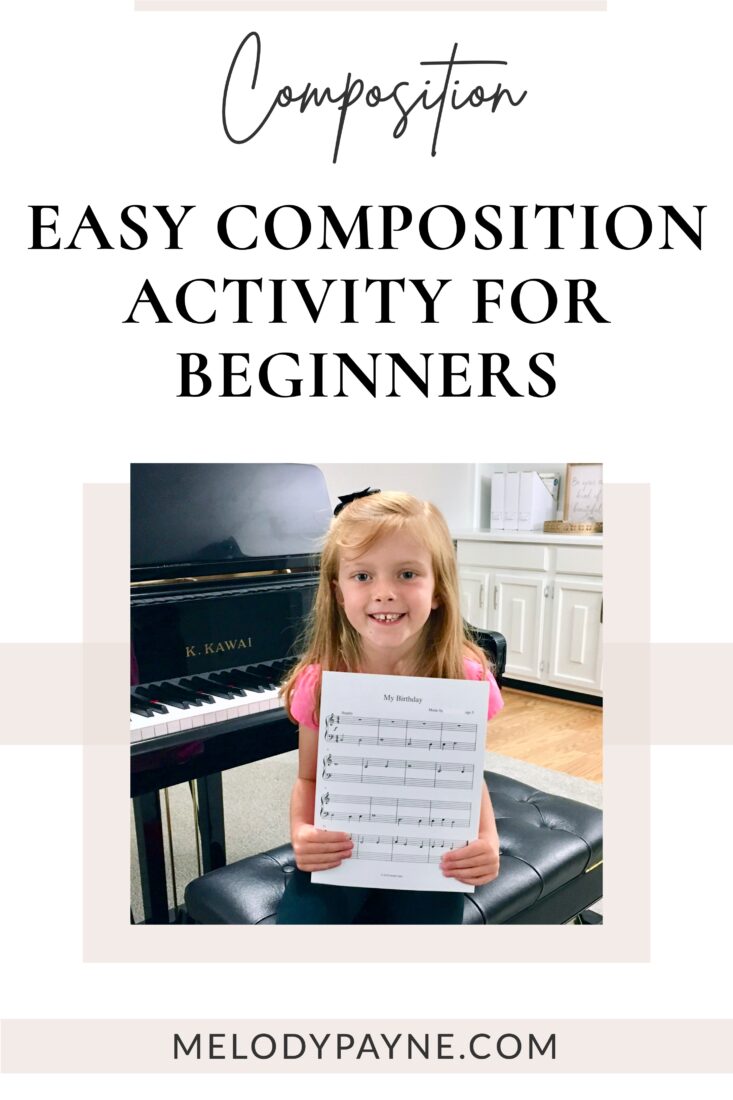
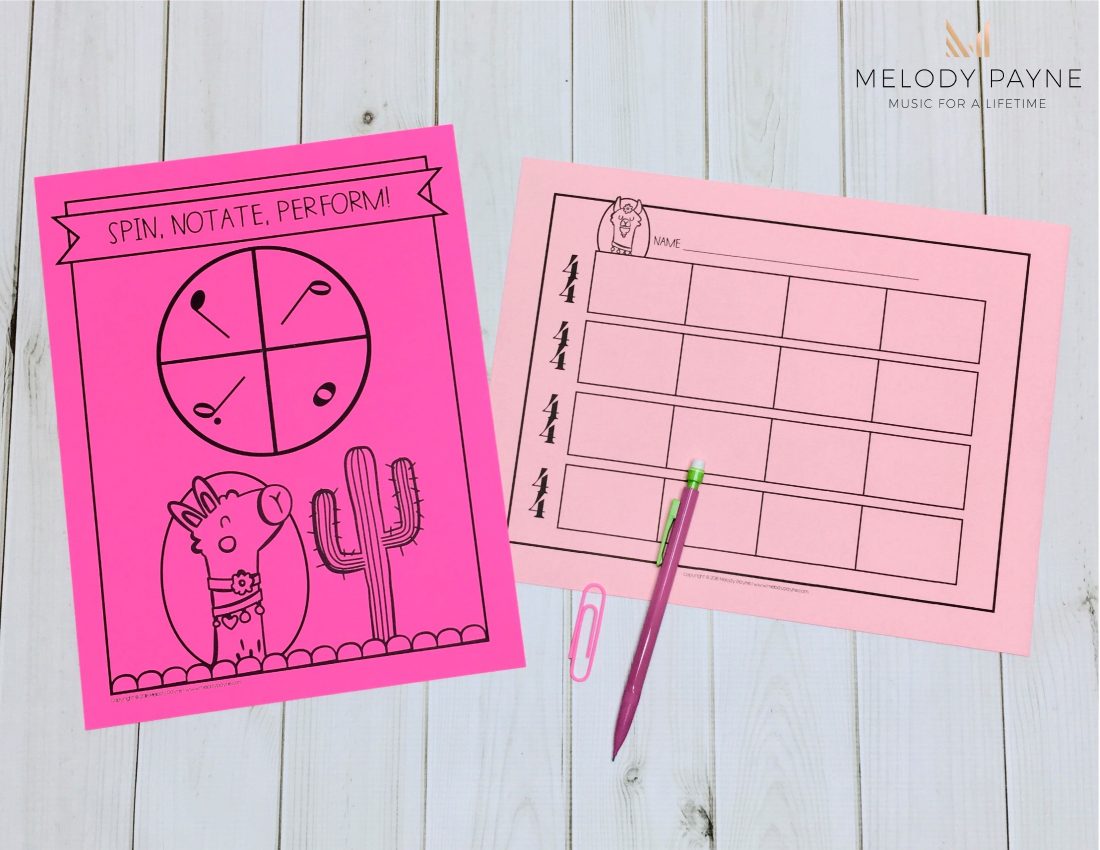

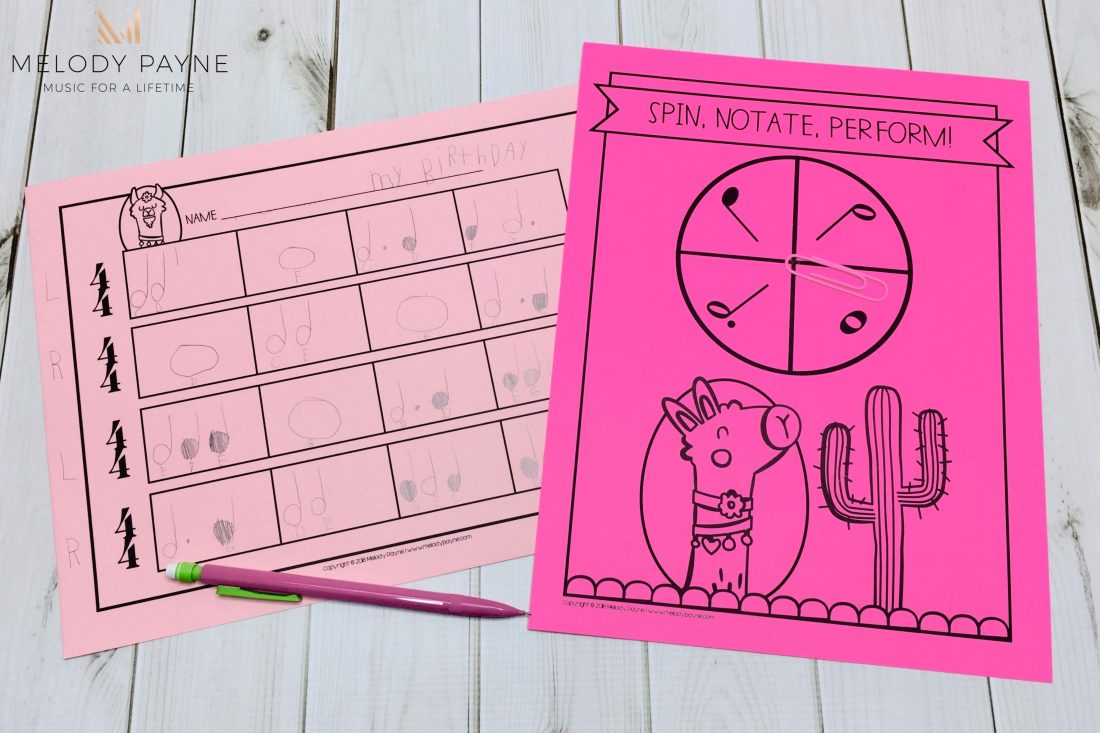
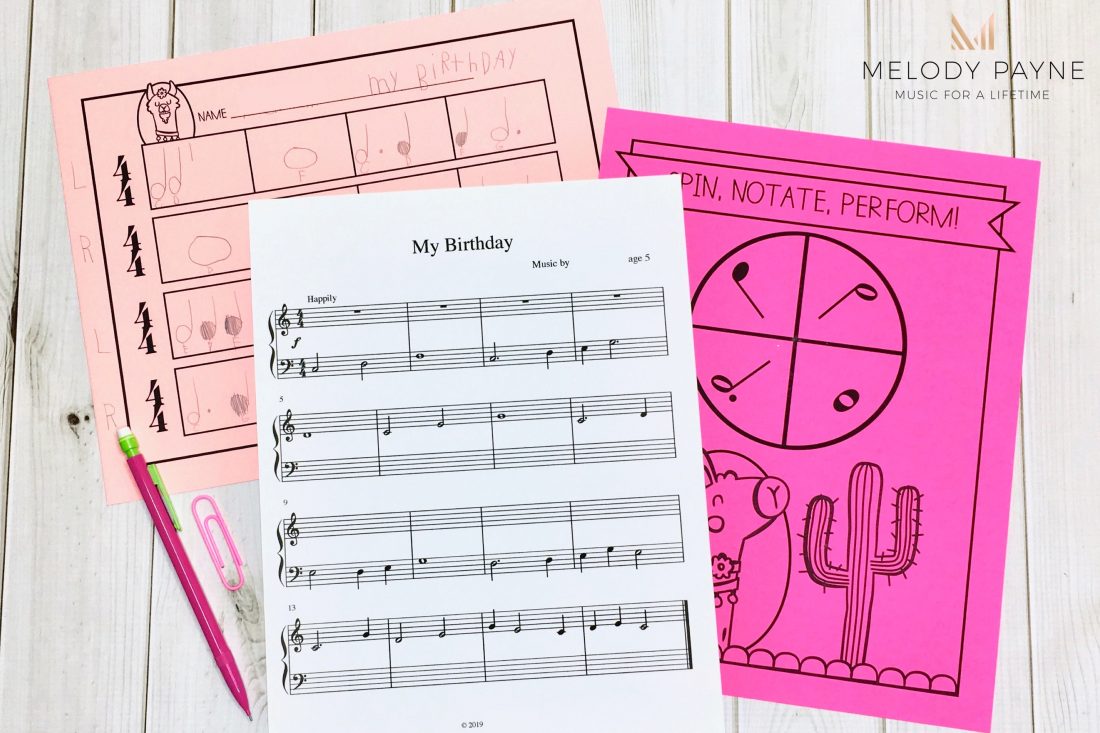



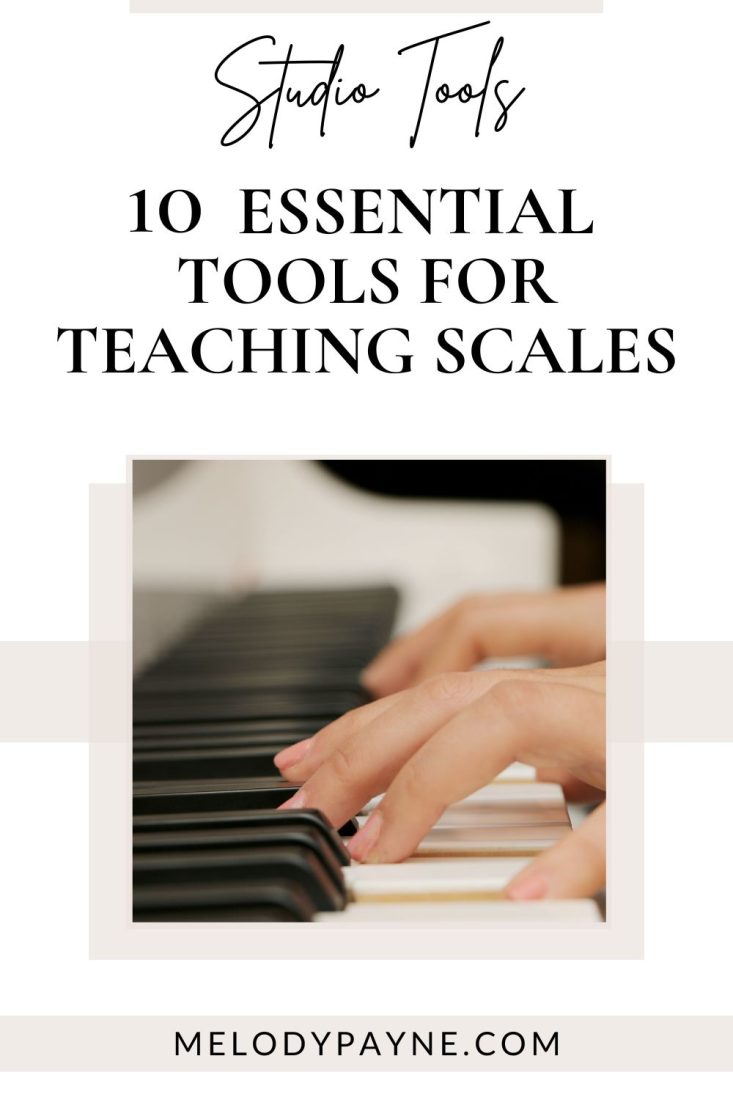
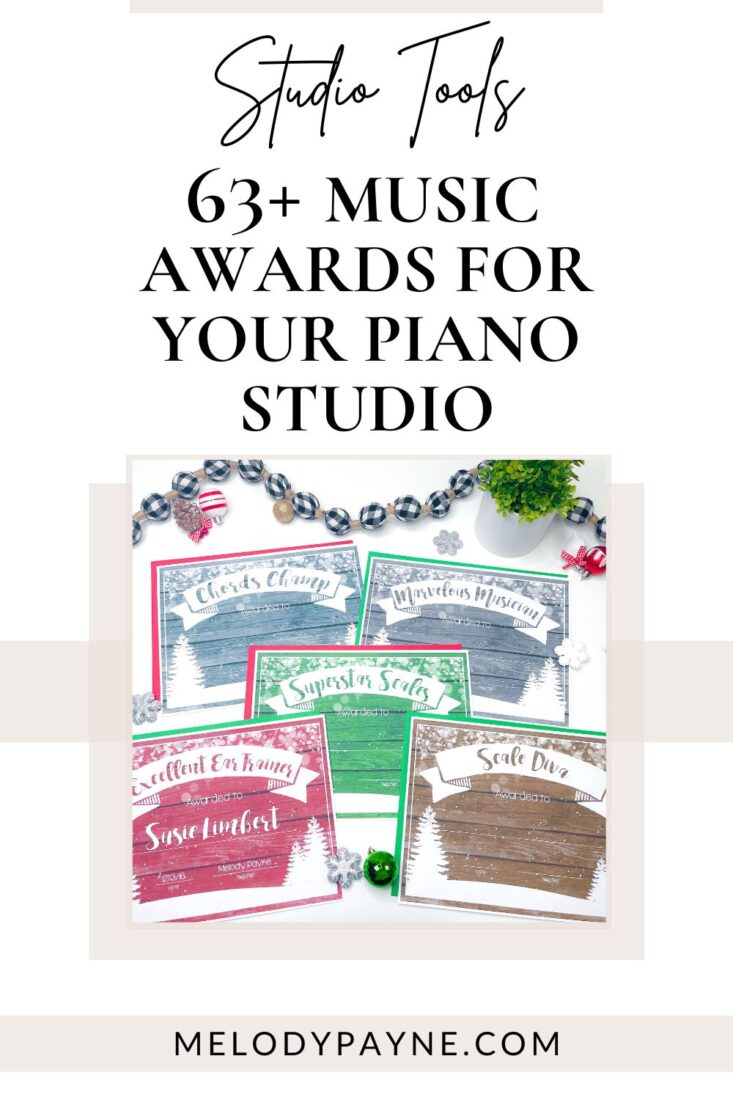


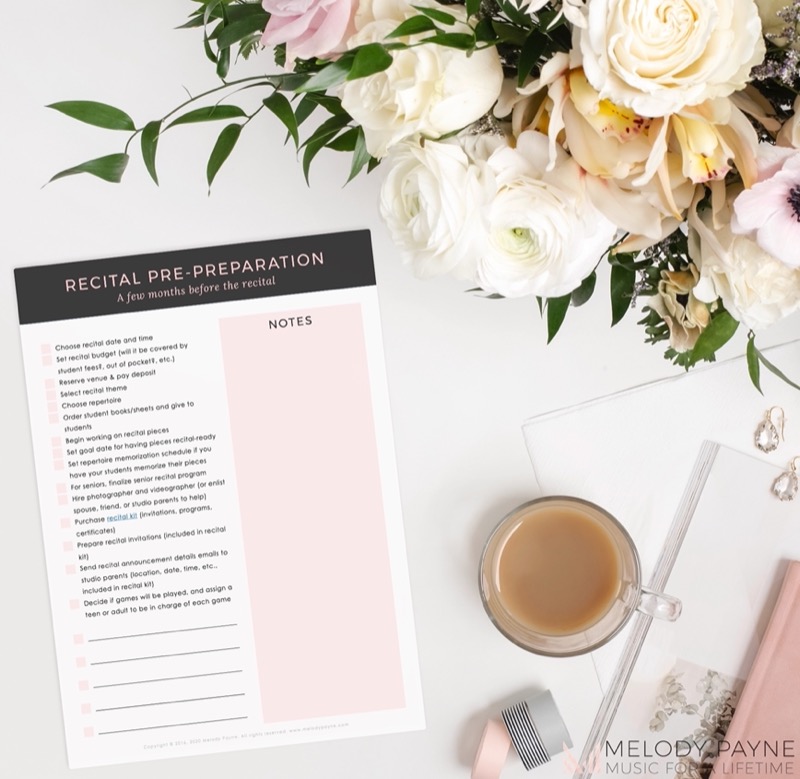
This Post Has 2 Comments
This is such a great activity. I’ve done something similar with my ‘baby beginners’, and I do like your idea of the spinner to help with rhythms.
Thank you for sharing this.
My pleasure, Irena! The spinner definitely keeps things interesting 🙂